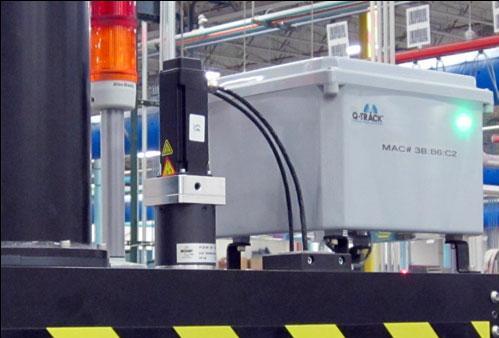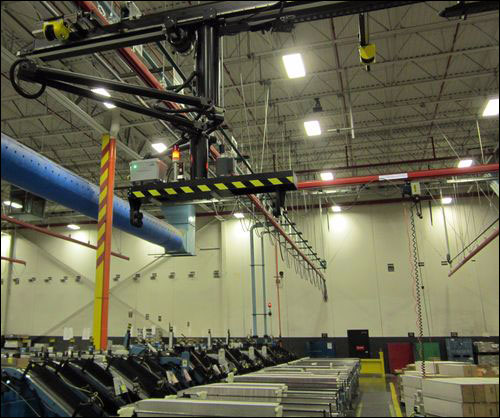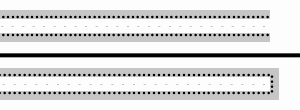Employing Q-Track’s patented Near-Field Electromagnetic Ranging (NFER®) technology, Collision Avoidance Non-Line-of-Sight (CANLOS™) systems allow robots to detect and avoid colliding with their human co-workers even when when direct line-of-sight may be blocked. NFER® signals use low frequencies that penetrate better and diffract around obstructions that may block conventional RF and optical sensors. This non-line-of-sight behavior makes NFER® products well-suited for use in complicated industrial settings.

A leading manufacturer of innovative motion control and automation equipment for industry, CAMotion, uses Q-Track’s CANLOS™ System to provide non-line-of-sight awareness to robotic cranes, helping them to stop safely before colliding with their human co-workers. RFID Journal recently described the successful system in a feature story:
CAMotion is providing the CANLOS system—as redundancy to its laser-based collision-avoidance technology—to a magazine printing firm that utilizes automated cranes to move large stacks of paper, known as logs. The CANLOS system has been installed at 15 locations throughout the United States, according to Alex Furth, CAMotion’s CEO, with six additional sites slated to go live during the next few months.
Workers wear a QT-600 Tag Transmitter that not only allows the CANLOS™ receiver to detect their proximity, but also supports real-time location awareness in a more general NFER® Real-Time Location System (RTLS). The RFID Journal article explains how Q-Track’s CANLOS™ system works in detail:
A Q-Track QT600 RFID transponder, worn on a belt clip, beacons a unique ID number at predetermined intervals—typically, 10 times per second. The RFID receiver is installed on the crane’s gripper (the claw that picks up an item), which measures about 45 inches in length and 9 inches in width. The crane itself usually moves at the speed of a typical fast walk. When the gripper comes within about 8 feet of an individual’s transponder, the receiver determines that a collision is possible. The CAMotion software, loaded on the machine’s onboard computer, then instructs the crane to halt, which takes approximately 1.5 seconds to occur once the transmission has been received.
Here’s a close-up of the CANLOS™ receiver installed on the crane’s gripper:

And here’s a view of the system in a magazine printing facility:

For more information, see these additional links:

